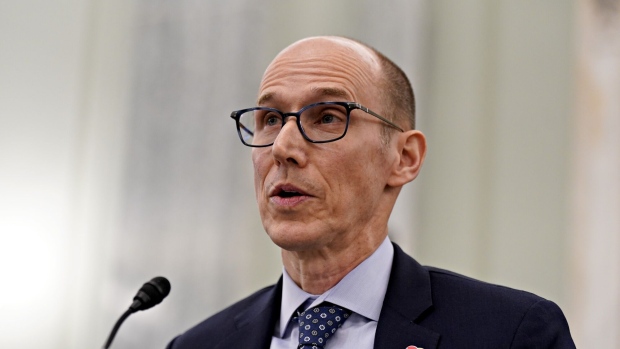Mar 30, 2023
Southwest Says Extreme Weather Is a Growing Concern for Airlines
, Bloomberg News

(Bloomberg) -- Southwest Airlines Co. is learning the hard way about climate change, blaming extreme weather as a culprit in a meltdown that stranded more than 2 million passengers over the year-end holidays.
The carrier is changing the way it forecasts and responds to severe storms as part of a series of reforms to prevent a repeat of the late December disruptions that left crews and aircraft scattered across 50 airports and cost it nearly $1.2 billion. The decision was prompted by an internal review and another from consultant Oliver Wyman Inc., which Southwest says it’s briefing employees about this week.
Weather extremes such as recent storms that have brought heavy precipitation to California and frequent tornadoes in the US Southeast mean airlines can no longer prepare for meteorological events based solely on what’s happened in the past, Southwest Chief Operating Officer Andrew Watterson said in an interview Thursday.
“Just because it hasn’t happened before is no longer sufficient because weather is getting more extreme,” Watterson said. “Whether it’s for hurricanes or winter weather or rain, thunderstorms, we now need to have a planning process that includes outcomes that are beyond what we’ve seen before. That’s a big takeaway for us.”
Global temperatures have warmed 1.2 degrees Celsius on average since the beginning of industrialization, and the world is now expected to pass into the 1.5-degree danger zone “in the near term,” according to the UN Intergovernmental Panel on Climate Change.
Southwest’s crisis in December, which persisted even after other carriers had recovered, has drawn heavy scrutiny from lawmakers, regulators and passengers. Improving wintertime operating procedures and preparations “was not something that was on our radar” before that operational collapse, Watterson said.
- Read more: DOT Attorney Sought Southwest Visit to Check on Meltdown Rebound
The carrier is implementing a series of changes, including adding deicing trucks, increasing winter staffing levels and improving airport infrastructure, that will be complete by mid-October. The company’s management, which took a pay cut in a sign of accountability, aims to avoid another system-wide problem like this one, which forced Southwest to cancel 16,700 flights over 10 days late last year.
Other changes include updating technology used for crew scheduling and communications, realigning network planning with its control center and improving early warning systems for potential disruptions.
--With assistance from Eric Roston.
©2023 Bloomberg L.P.

